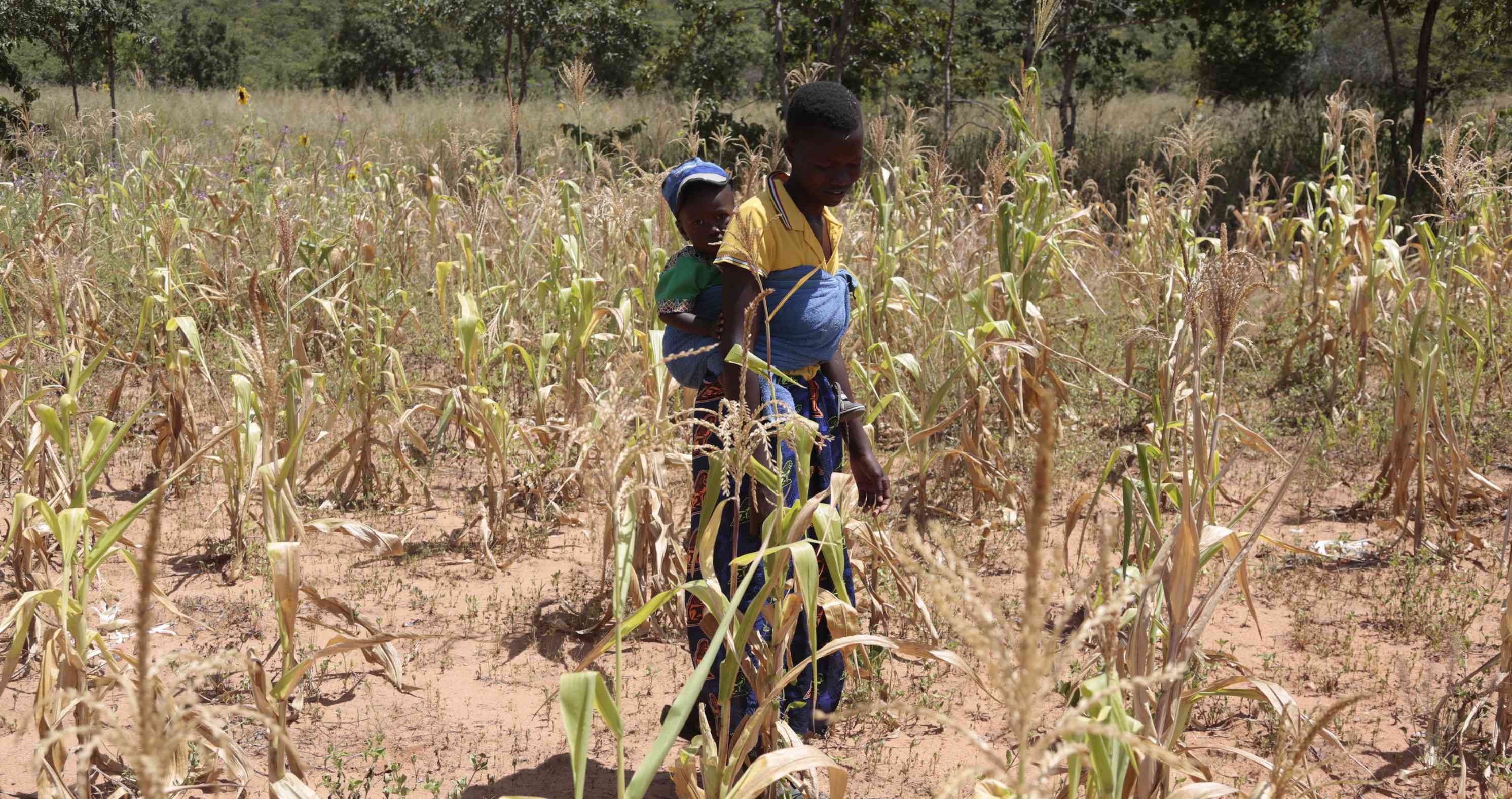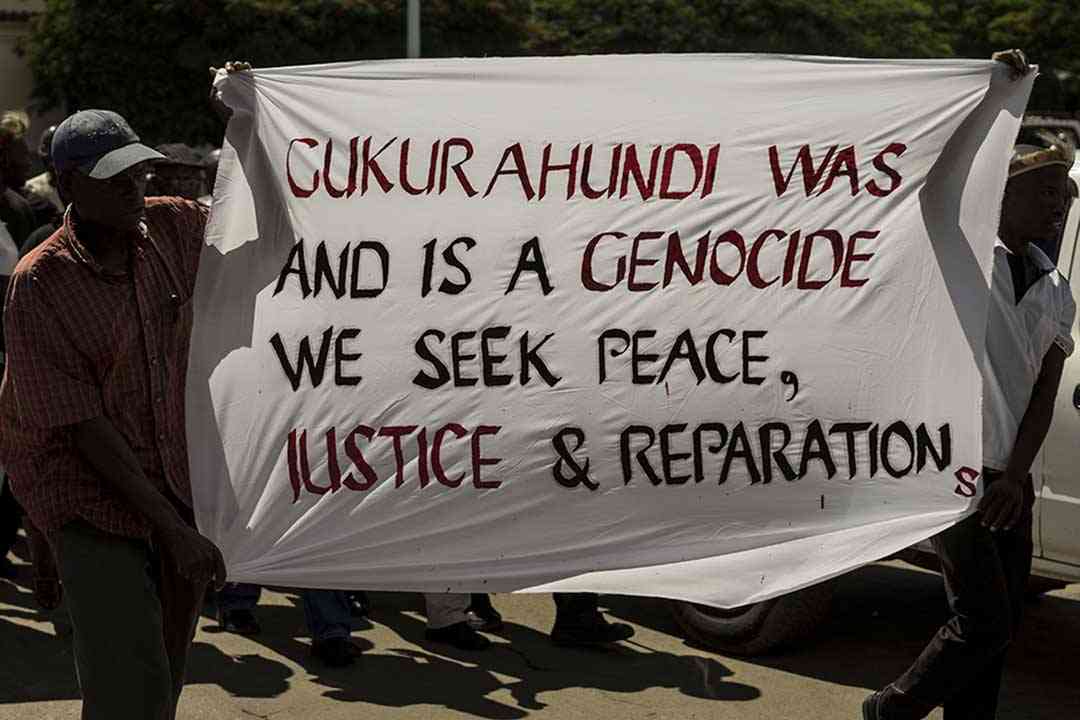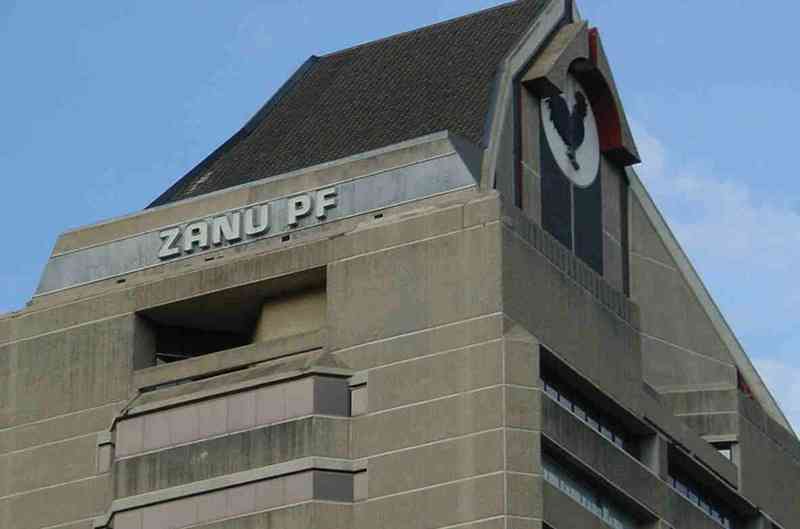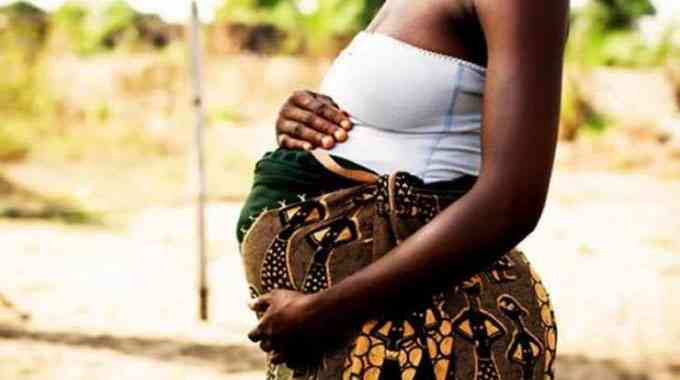
THE food shortages affecting more than half of the country’s population will continue during the lean period after Zimbabwe experiencing a delayed onset of the rain season with most areas receiving below-average rain.
A significant number of areas across the country are yet to receive meaningful rains, with some crops already a write-off due to high temperatures.
Some farmers have been forced to replant their fields and there has been a marked increase in the number of villagers failing to access more seed due to financial constraints, it has emerged.
The Meteorological Services Department has predicted that Zimbabwe will record normal to above normal rains during the current farming season.
According to a recent World Food Programme (WFP), the transition to a weak La Niña phase later in 2024 was expected to improve rainfall prospects, albeit with some uncertainties.
“The most recent short-term forecast points to drier conditions than normal in the short term, alluding to the need for increased alertness and monitoring,” the UN agency said.
It said maize will continue to be unavailable while prices will escalate, hitting the country hard.
“Maize grain continues to be unavailable on monitored markets, while unrefined maize meal was available in an average of 95% of rural and urban markets,” the WFP said.
- Zim maize output to drops by 43%
- Zim maize output to drops by 43%
- Prices continue to skyrocket
- Govt to distribute grain as hunger stalks millions
Keep Reading
“Prices of food on the international market saw a slight upward movement of about 0,5% according to the FAO [Food and Agricultural Organisation] price index.
“The index stood at 127.5 points. The upward movement is the largest month-on-month increase since April 2024.”
And according to the Famine Early Warning System Network (FewsNet) Food Security Outlook, a crisis-level Phase 3 food insecurity would be experienced throughout the country between October 2024 to March this year.
“This period marks the pre-harvest period and peak lean season, the time when food assistance needs are expected to rise above normal levels,” FewsNet said.
It said food security was anticipated in April or May during the harvest time, shifting conditions to Stressed (IPC Phase 2) in some areas.
In another report, FAO said planting of the summer 2025 cereal crops was expected to end this month.
“Remote sensing analysis indicates that the total rainfall amount for November, which typically marks the start of the planting season, was near normal across most of the country, but unevenly distributed over time,” FAO said.
FAO said the severe drought earlier in 2024 kept soil moisture levels unusually low, particularly in the north-eastern provinces, which are key agricultural production zones.
“These dry soil conditions may hinder and delay planting operations, especially with rainfall amounts in early December below average and weather forecasts pointing to a high probability of below-average rainfall amounts and higher-than-average temperatures or higher-than-average temperatures for the rest of the month,” the report said.
The report said the low 2024 cereal harvest has driven up import needs for the 2024/25 marketing year (April/March) to an estimated 1,3 million tonnes, nearly double the five-year average.
“This amount is expected to cover both consumption needs in 2024/25 and help to replenish stocks,” it said.
The government recently described the drought as an anomaly, with Lands, Agriculture, Fisheries, Water and Rural Development minister Anxious Masuka saying it was the worst since Zimbabwe’s independence.
Masuka said the government was directly supporting 12,74 million people, about 83,4% of the population.
Zimbabwe and southern Africa experienced El Niño weather conditions characterised by low rainfall and extremely high temperatures during the 2023/2024 agricultural season.










